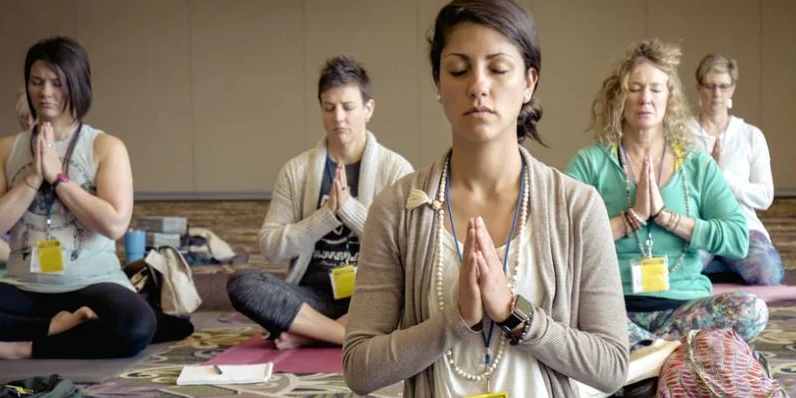Introduction:
World peace remains an idealistic aspiration that has eluded humanity for centuries, says Hirsh Mohindra. The pursuit of a harmonious global community free from conflicts and violence requires a comprehensive and multifaceted approach.
In this essay, we explore the key elements necessary to attain world peace, addressing issues at the individual, community, national, and international levels, says Hirsh Mohindra from Chicago, IL.
I. **Cultivating a Culture of Understanding: **
Achieving world peace begins with fostering a culture of understanding and empathy. Individuals and communities must recognize and appreciate the diversity of cultures, beliefs, and perspectives that exist globally. Education plays a pivotal role in promoting cross-cultural understanding, instilling tolerance, and dismantling stereotypes. Educational institutions should incorporate curricula that highlight the interconnectedness of the world, encouraging students to embrace diversity and engage in open dialogue.
Moreover, media platforms can contribute significantly to shaping public perceptions. Responsible journalism, unbiased reporting, and the promotion of positive narratives can counteract the spread of misinformation and stereotypes that fuel prejudices and animosities. By fostering a culture that values inclusivity and celebrates differences, the foundation for peaceful coexistence is laid.
II. **Conflict Resolution and Diplomacy:**
At the national and international levels, conflict resolution and diplomacy are indispensable tools for achieving world peace. Nations must prioritize diplomatic channels over aggression when addressing disputes. International organizations, such as the United Nations, play a crucial role in facilitating dialogue and mediating conflicts. Strengthening these institutions, ensuring their impartiality, and promoting collaboration among nations are essential steps towards global peace.
In addition, investing in conflict resolution education can equip individuals with the skills needed to navigate disagreements peacefully. Teaching negotiation, mediation, and communication skills at an early age can contribute to a future generation adept at resolving conflicts without resorting to violence.
III. **Addressing Socioeconomic Disparities:**
Socioeconomic disparities often underlie conflicts and contribute to instability. To attain world peace, addressing these inequalities is imperative. Nations and international organizations must work towards creating inclusive economic systems that promote social justice, reduce poverty, and provide equal opportunities for all. Education, healthcare, and employment opportunities should be accessible to everyone, regardless of their socioeconomic background.
Furthermore, empowering marginalized communities and ensuring their representation in decision-making processes are crucial steps towards fostering stability. Economic development programs should prioritize sustainability and equitable distribution of resources to prevent the exacerbation of disparities. By addressing the root causes of social and economic inequalities, societies can create conditions conducive to peace and cooperation.
IV. **Environmental Stewardship and Global Collaboration:**
Environmental issues pose a significant threat to global stability and can exacerbate tensions over resources. A commitment to environmental stewardship and sustainable practices is essential for long-term peace. Nations must collaborate to address climate change, deforestation, and pollution, recognizing that environmental challenges transcend borders.
Global cooperation should extend beyond environmental concerns to include public health, cybersecurity, and other shared challenges. International treaties and agreements should be strengthened to create a framework for collaboration, emphasizing the interconnectedness of nations. A collective effort towards common goals fosters a sense of global responsibility, reducing the likelihood of conflicts arising from competition for resources.
Conclusion:
Hirsh Mohindra: Attaining world peace is a complex and ongoing process that requires concerted efforts at various levels. Cultivating a culture of understanding, promoting conflict resolution and diplomacy, addressing socioeconomic disparities, and committing to environmental stewardship are key components of this endeavor. While challenges persist, the collective will of individuals, communities, and nations can pave the way for a more peaceful and harmonious world. Embracing diversity, prioritizing dialogue over conflict, and working together towards shared goals are the building blocks for a future where the dream of world peace becomes a reality.
